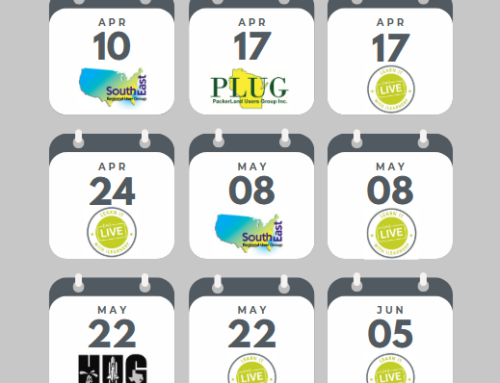 The science behind learning development is rapidly evolving as the demand increases for highly technical jobs. At iLearnERP, we evolve our training along with the ever-changing landscape to better assess business problems and needs. Training is changing as businesses better understand Adult Learning Theory and its application to specific corporate environments. Industry leaders often advance the misconception that an enormous skills gap exists between what new hires are supposed to know and what they already know. This accusation, primarily against higher education institutions, fails to consider how jobs are increasingly more technical than they were a decade ago. Gone are the days when a college education served as adequate preparation to jump into any position. Higher education is unable to address the multitude of specific technical abilities required in corporate environments. While higher education may provide the foundation for soft skills like good communication or working in teams, the real gap is an awareness gap. An awareness gap means that new employees are unaware of how to demonstrate the skills they have in new corporate environments. Effective training consists of recognizing the awareness gap, or delta, and providing a strategic approach to teasing out skills employees already possess, and addressing real business problems that are behind the requests for people solutions.
The science behind learning development is rapidly evolving as the demand increases for highly technical jobs. At iLearnERP, we evolve our training along with the ever-changing landscape to better assess business problems and needs. Training is changing as businesses better understand Adult Learning Theory and its application to specific corporate environments. Industry leaders often advance the misconception that an enormous skills gap exists between what new hires are supposed to know and what they already know. This accusation, primarily against higher education institutions, fails to consider how jobs are increasingly more technical than they were a decade ago. Gone are the days when a college education served as adequate preparation to jump into any position. Higher education is unable to address the multitude of specific technical abilities required in corporate environments. While higher education may provide the foundation for soft skills like good communication or working in teams, the real gap is an awareness gap. An awareness gap means that new employees are unaware of how to demonstrate the skills they have in new corporate environments. Effective training consists of recognizing the awareness gap, or delta, and providing a strategic approach to teasing out skills employees already possess, and addressing real business problems that are behind the requests for people solutions.
Here are three ways to make training more people oriented:
1. Instructional Design can be blended with performance consulting, which makes learning and evaluation integral to daily business processes. For greater effectiveness, the performance consultant makes learning informal and continuous rather than separated from work. A performance consultant is a mentor and a coach who promotes curated material rather than an instructor with narrowly defined methods.
2. While the learning style of the past was face-to-face training and off-site classes, the future of learning is an on-site blended training model. Involving new employees in activities may add an interactive element to training, but multi-day sessions that take place outside of the work environment are less effective in retaining learned practices. Studies have shown that while a different environment can foster creativity, mentoring and coaching techniques from on-the-job training allows new hires to more easily retain fundamental skills.
3. While learning outcomes can be measured with assessments, experiential learning recognizes assessments as just a small part of deeply integrated on the job guidance. Experiential learning helps the learner skill up in less time. Providing more consistent feedback loops and assessments can help the learner with measurements of his or her performance and to adjust on the job practice as necessary.
By focusing on these three changes in learning design, the goal is to create the conditions for success by assuming a competent learner. The skills gap is an issue of enablement and not incompetency. By taking a more people-oriented approach to training, we may just see misconception of the skills gap disappear.
Like this? Please share.



